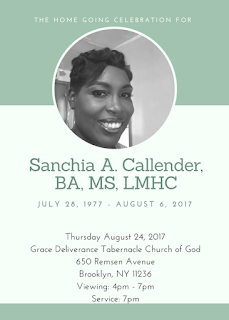Brain connectivity and autism
This may explain why Ethan has an easier time with writing when he talks about what he's doing by naming each stroke in each letter than he does with just trying to write in silence.
We noticed early on with Ethan that he was always more chatty when he was playing and moving around than when you had him hold still to try to talk to him. His speech was entirely echolalic then but only when he was engaged in some activity.
The article describes a theory of autism which postulates that the problems autistic people experience are due to the different parts of the brain not working together as they would in a nuerotyical individual.
Autism Spectrum Disorders: Brain Synchronization [link fixed]
In contrast to people who do not have autism, people with autism remember letters of the alphabet in a part of the brain that ordinarily processes shapes, according to a study from a collaborative program of the National Institute of Child Health and Human Development of the National Institutes of Health.
Compared to the control group, the volunteers with autism showed more activation in the right hemisphere, or half, of the brain, and less activation in the left hemisphere. The left hemisphere takes the lead in processing letters, words and sentences, whereas the right hemisphere plays a larger role in processing shapes and visual information.
Dr. Just said that the brain could interpret letters either spatially, as geometric shapes, or linguistically, by the names of the letters. The imaging data indicated that the volunteers with autism remembered letters as shapes, while the control group remembered them by their names.
The brain activation patterns of the two groups also differed in other ways. While performing the task, the group with autism showed less activation in the anterior, or front, parts of the brain, and more activation in the posterior, or rear parts of the brain. Dr. Just explained that the brain's anterior portions carry out higher-level thinking and reasoning while the posterior portion is more involved with perceiving details.
Compared to the control group, the different brain areas of the people with autism were less likely to work in synchrony (at the same time) while recalling the letters. Such synchronization between brain areas takes place during many kinds of higher-level thinking and analysis that prove difficult for many people with autism.
We noticed early on with Ethan that he was always more chatty when he was playing and moving around than when you had him hold still to try to talk to him. His speech was entirely echolalic then but only when he was engaged in some activity.
The article describes a theory of autism which postulates that the problems autistic people experience are due to the different parts of the brain not working together as they would in a nuerotyical individual.


Comments
Post a Comment